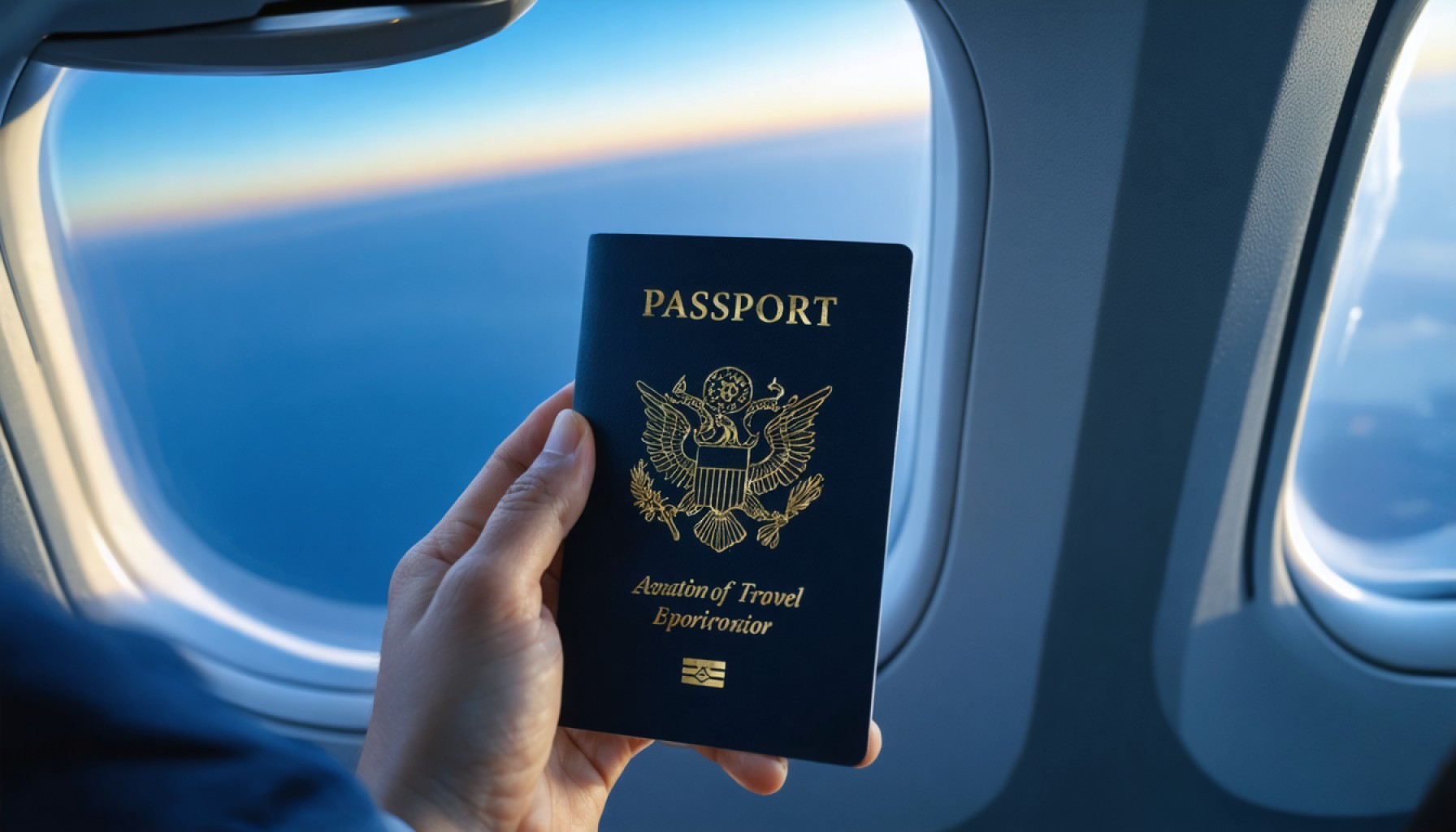
- Air travel has evolved from cumbersome paper-based processes to streamlined digital systems.
- The future of aviation includes eliminating physical documents with digital passports and biometric recognition.
- Travelers will use mobile devices for digital travel passes, updating with real-time flight information.
- Biometric systems will enhance security, verifying identities without storing personal data.
- ICAO and industry leaders like Amadeus are driving these changes.
- The shift requires significant airport infrastructure updates but promises increased convenience and efficiency.
Air travel, once synonymous with cumbersome lines and an array of paperwork, has undergone a stunning metamorphosis over the past decades. Picture the terminals of yesteryear: seas of travelers clutching passports adorned with cluttered stamps, hands full of cardboard boarding passes. Fast forward to today, where travelers glide through airports, their tickets flashing as QR codes on sleek smartphone screens, and check-ins are completed with a casual swipe on a mobile app, often from the comfort of their own home.
As remarkable as these changes are, the aviation industry stands on the brink of another seismic shift—one that promises to eliminate physical documents altogether. Imagine strolling through an airport without clutching a single piece of paper, your identity confirmed instantly through digital credentials on your mobile device and biometric recognition. This future, which could be only two or three years away, is now within reach thanks to the International Civil Aviation Organization (ICAO).
Central to this vision is the integration of digital passports into our devices, transforming the very nature of passenger identity verification. As travelers book their flights, they would download a digital travel pass. This pass would not only hold all pertinent information but would also self-update with any changes, like delays or cancellations, seamlessly integrating into the passenger’s digital life.
Envision arriving at the luggage drop-off: instead of jostling with identification documents, a brief scan of your face confirms your identity, setting in motion the rest of your journey. For those traveling with just carry-on, a quick facial recognition scan at the security pre-check verifies you’re set for your flight. This streamlined process hinges on advanced biometric systems ensuring absolute security while respecting passenger privacy—no data would be stored but rather verified against your digital passport on the spot.
This blueprint for the future is not mere conjecture. Valérie Viale of Amadeus, a leader in travel technology, has highlighted these proposed changes as among the most significant the industry has seen in half a century. However, realizing this vision demands substantial infrastructural overhauls at airports worldwide—a challenge, surely, but one that promises unparalleled convenience and security.
As we stand at the precipice of this aviation revolution, the takeaway is clear. By embracing these advancements, the industry intends not just to quicken the pace of air travel but to also elevate the entire journey to new heights of ease and efficiency. The skies are calling, and soon, you’ll need little more than your face and a digital ID to answer.
Unlocking the Future of Air Travel: Biometrics and Digital Passports Revolutionize Your Journey
The Transformation of Air Travel: A Revolutionary Leap
The aviation industry is on the cusp of a groundbreaking evolution, where the integration of digital identities and biometric data promises to redefine passenger experiences. This shift isn’t just about convenience—it’s poised to set new standards in security, efficiency, and sustainability. Here’s an in-depth look into what this future holds and how it could reshape your travel experiences.
How Biometric Technology Enhances Security and Experience
1. What is Biometric Recognition?
Biometric recognition refers to the identification of individuals through unique physical characteristics, such as facial features, fingerprints, or iris scans. This technology provides enhanced security by ensuring that the person presenting themselves matches the details linked to the associated travel credentials.
2. Benefits of Biometric Systems:
– Security Enhancement: Biometrics reduce the risk of identity fraud by using unalterable physical identifiers.
– Efficiency Improvement: Faster check-in and boarding processes mean reduced wait times at various airport checkpoints.
– Privacy Assurance: By verifying data in real-time and not storing personal information long-term, privacy concerns are minimized ([IATA](https://www.iata.org)).
The Advent of Digital Passports
How Digital Passports Work:
1. Digital Identity Verification:
Digital passports are stored on mobile devices, functioning as an electronic version of the traditional passport. When combined with biometrics, they offer a faster and more reliable method of verifying a traveler’s identity.
2. Real-Time Data Updates:
These digital travel passes will automatically update travel information like flight delays or gate changes, providing real-time alerts on your device.
3. Easy Integration with Airlines and Airports:
Airlines and airports are investing in infrastructure upgrades to support this technology, aiming for a seamless transition for passengers.
Market Trends and Predictions
– Growth of Biometric Solutions:
The market for biometric systems in airports is expected to see significant growth, making travel more seamless and secure. The integration of these technologies is projected to increase passenger throughput by up to 30% in the coming years ([SITA](https://www.sita.aero)).
– Expansion of Digital Identity Programs:
International alliances, such as the one led by the International Civil Aviation Organization (ICAO), are pushing for global standards, ensuring interoperability between airlines and countries.
Pros and Cons Overview
Pros
– Enhanced Speed and Efficiency: Biometric boarding can drastically reduce the time spent in security queues.
– Improved Security: Reduces susceptibility to forged documents.
– Seamless Experience: Streamlines the entire travel process, from arrival to boarding.
Cons
– Infrastructure Costs: Substantial investment is required to implement new systems across airports.
– Privacy Concerns: Although technology aims to protect privacy, there still exist concerns around data misuse.
Actionable Travel Tips
– Embrace Digital: If offered, opt-in for digital passport services and mobile boarding passes to expedite your journey.
– Stay Informed: Regularly update travel apps and check for any notifications regarding biometrics or digital ID use at airports.
– Understand Your Data Rights: Familiarize yourself with how your data is used and protected under the new systems.
Quick Recommendations for Airports and Airlines
– Invest in Training: Ensure staff are proficient in using and managing new biometric and digital identity systems.
– Prioritize Security Protocols: Keep vigilance high with regular audits to address any vulnerabilities in systems.
– Facilitate Seamless Transitions: Gradually introduce the technology with sufficient passenger education to minimize confusion.
The future of air travel is digital, secure, and incredibly efficient. By staying informed and embracing these advancements, you’ll be well-prepared for the travel revolution that’s on the horizon. As infrastructure catches up with innovation, the dream of paperless travel will soon become a reality. For more insights and updates on air travel innovations, visit IATA and SITA.



